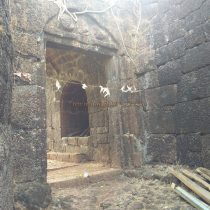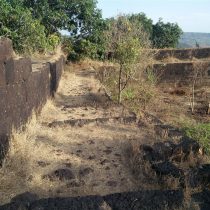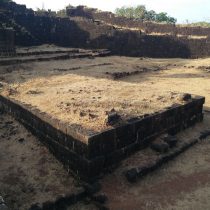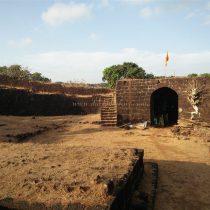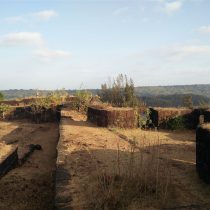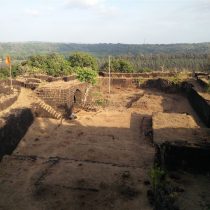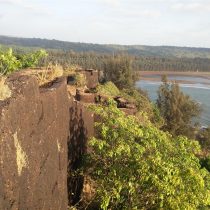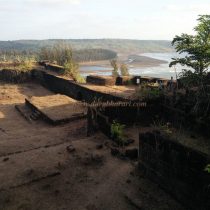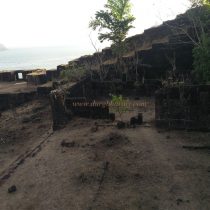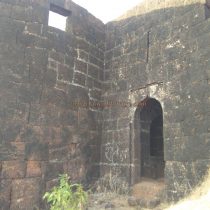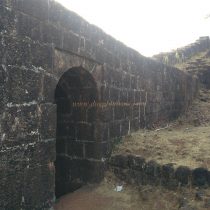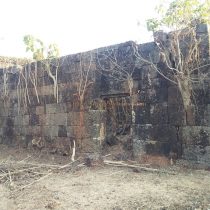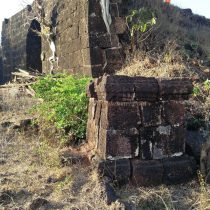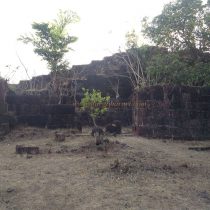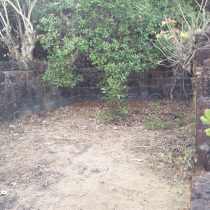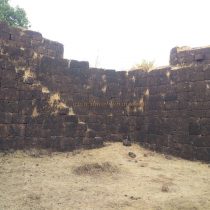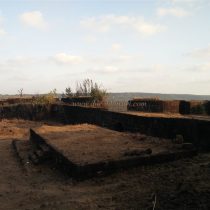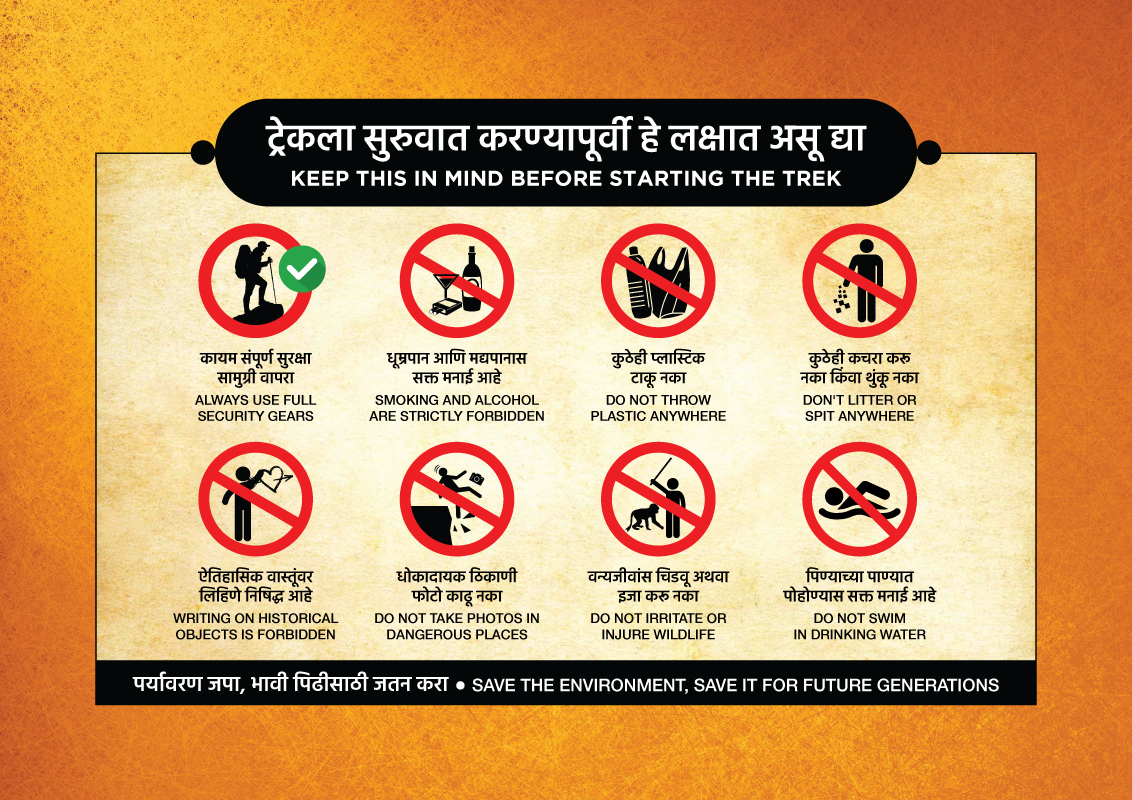PURNAGAD
TYPE : COASTAL FORT
DISTRICT : RATNAGIRI
HEIGHT : 0
GRADE : EASY
Purnagad is located at a distance of 25 km from Ratnagiri and 8 km from Pavas. Purnagad is a small fort at the mouth of the river Muchakundi. According to the locals, it is called Purnagad as it is a small fort and is in the shape of a full stop, while according to some, this was the last fort built by Chhatrapati Shivaji Maharaj and hence, the name Purnagad. But in fact, the fort was not built during Shivaji Maharaj’s period but during the Peshwa period in the eighteenth century, so there is no way Shivaji Maharaj built this fort and this myth ends here. Purnagad, a watchtower built during the Peshwa period, was built on a hill on the north bank of the Muchkundi River to monitor and protect the trade through the Muchkundi creek. A bridge has been constructed on the river Muchkundi at Purnagad and this bridge is connected to the village of Gavkhadi from Purnagad.
...
Purnagad village is located near this bridge. From Purnagad village itself, a short walk takes us to the fort. It takes 10 minutes to reach the fort by this path of steps. In front of the entrance of the fort, a large cistern has been carved to supply water, although, at present it is dry. This cistern also acts as a moat in front of the door and provides the wall and this door with additional protection. The stones obtained while the excavation of this cistern have been used for the construction of various structures on the fort. This curved main gate of the fort is hidden between two bastions and outside the gate, there is a huge idol of Lord Hanuman in the temple on the left-hand side. There is a sculpture of Ganesha on the arch of the door and sun and moon are carved around it. The ramparts of the fort are made of stone and are still in good condition. The fort has two gates one behind the other and the area between these two gates has guard porches. We enter the fort through these two gates. On the outside of the second door, there are lotuses carved on the stone wall. When you enter the fort, you can see the entire fort at a glance. Rectangular in shape and spread from east to west, the fort has a total of seven bastions and the area of the fort is about 3/4 acre. There are a total of four stairs to climb the ramparts of the fort and you can climb the stairways adjacent to the gates to reach the curtain wall to see the architectural remains of the fort. There is a quadrangle structure in front of the main gate of the fort and at the back of this structure, there is another small gate that opens towards the sea side of the fort. The ramparts adjacent to this gate have collapsed to some extent on the outside. Remains of many structures scattered inside can be seen from the ramparts of the fort. You can see the quadrangle structures of the houses, the administrative office, the remains of barns, a memorial Tulsi Vrindavan. What is special about this fort is that there are no water cisterns or wells in the entire fort premises to supply water to the soldiers on the fort. Even the well which is there is outside the fort and has been extinguished. There are windows and barrages on the fort's ramparts to shoot guns and cannons, but not even a single cannon can be seen on the fort. After walking around the ramparts and coming back to the main entrance, your fort round is complete. Half an hour is enough to see the whole fort. This fort must be visited at least once, as it is surrounded by dense trees, the Muchkundi River, the sparkling sea, and the Purnagad fort located on the hill. A brief history of the fort dates back to the time of Nanasaheb Peshwa, that is, during the Peshwa period. According to a record of 1862, there were 7 cannons and 70 cannonballs on the fort but at present, there are no cannons on the fort.
© Suresh Nimbalkar

